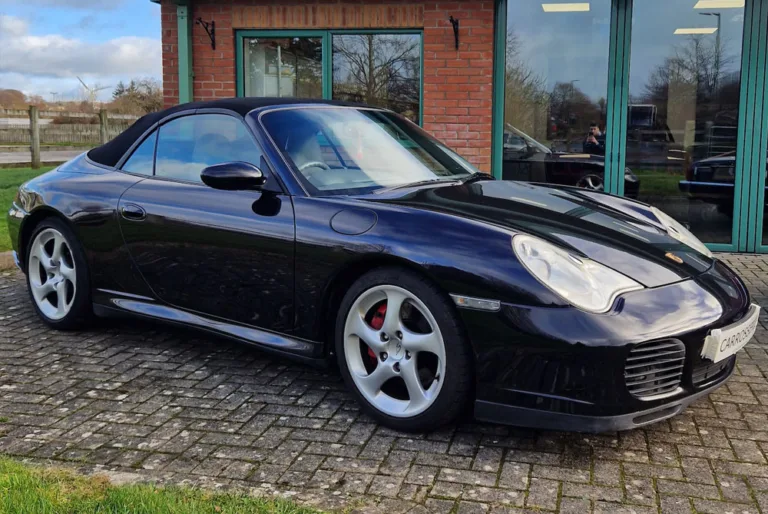
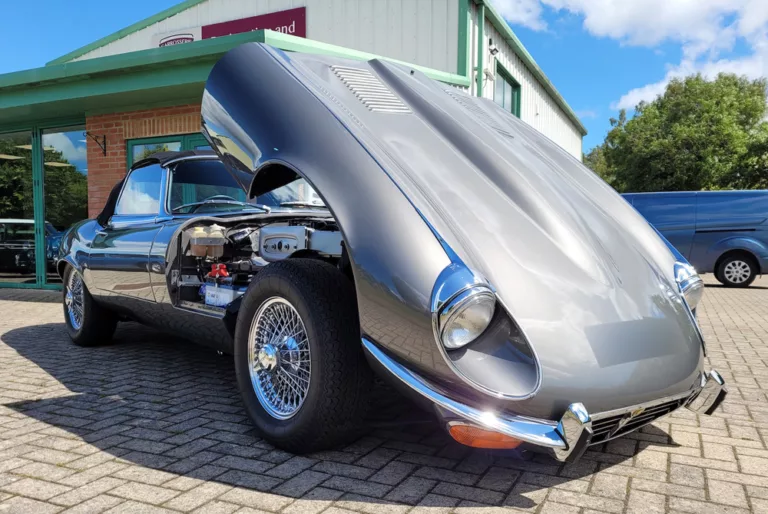
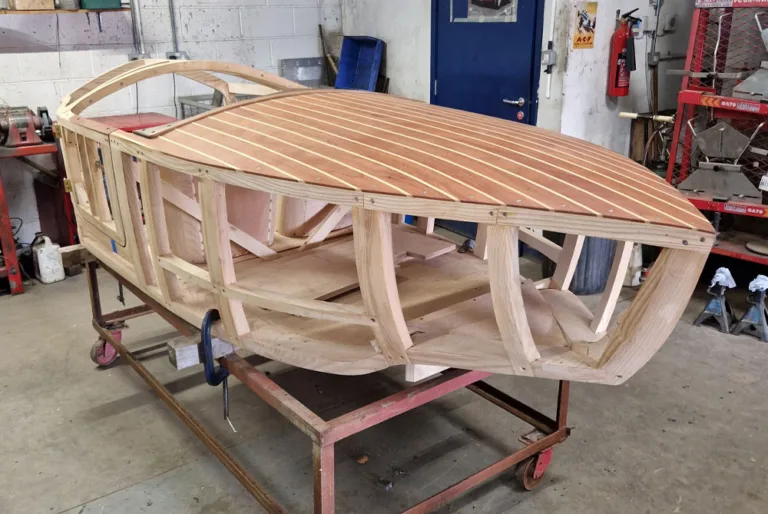
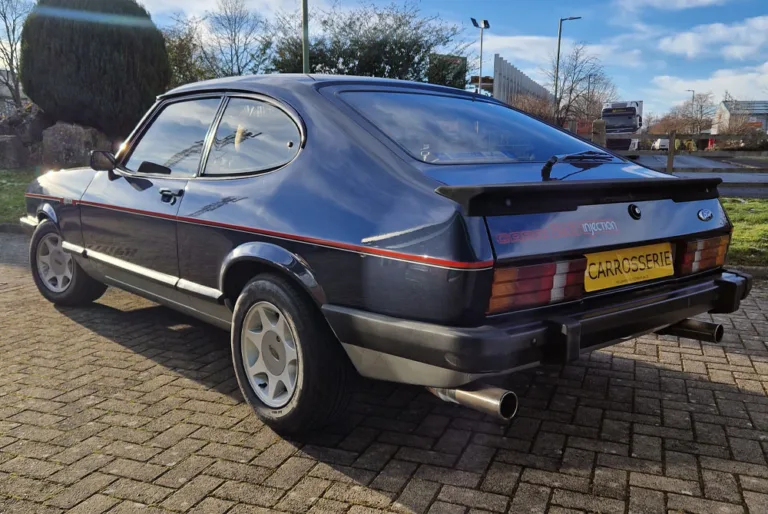
Sign up to stay informed about our latest restoration projects, industry news and more
By signing up, you agree to Bidding Classics Privacy Policy
Start your restoration journey with us today
10th September 2024: It’s in for body and paintwork repairs, then a general mechanical overhaul and service to get it back on the road.
11th October 2024: There has been a fabrication repair carried out to the drivers side door where the wing mirror is fixed. The car is now in the booth as various parts of the bodywork including the bonnet, doors, bumper and headlight fixings have been prepared for prime and paint.
17th October 2024: The bonnet, side doors, boot door and rear quarters have been repaired where needed, then primed and all had a fresh coat of paint.
20th November 2024: The paintwork is complete, and the engine has been serviced along with replacement timing chain cover seal and gasket. We also installed various interior and trim parts the customer supplied.
The Triumph Spitfire was launched in 1962, and aimed to compete with the Austin-Healey Sprite, but in the same year another rival also surfaced – the MGB. Thanks to its separate-chassis construction, Triumph’s Herald provided the perfect platform from which to develop a new two-seater open-topped sportscar, even if the mechanicals were derived from the 1953 Standard Eight.
The Triumph doesn’t have a huge amount of power on offer, but with just 670kg to haul along, performance is better than you might think – especially as the 1147cc four-pot was fitted with twin carbs, a spicier camshaft and a more free-breathing exhaust manifold.
During nearly two decades of production the engine grew, the bodywork was restyled and the suspension honed to make the car’s handling more predictable. However, none of these cars are really fast and none will ever provide the élan of an Elan, but then you’re not paying Lotus prices either.
There are plenty of project Spitfires about, but if you want to restore the car properly, even at home, you’ll be doing well to break even if you buy something that needs a complete overhaul. However, you’re better off buying one of these or a really good car – rather than something in the middle. There’s a good chance that you’ll pay over the odds for a car that needs plenty of work.
There’s not much difference in values between the various Spitfire incarnations; the later cars are more usable but the earlier ones offer greater design purity. As a result, they’re all equally sought after – although the Mk3 is a particular favourite as it has nicer lines than the MkIV and 1500 yet it’s relatively usable.
There were three different engines fitted throughout the life of the Spitfire, with each one also fitted to other models in the Triumph range. Because the Spitfire was generally the most highly tuned of the lot, you need to make sure the engine fitted is the one that belongs there, as less powerful units are often substituted from other Triumph models.
All Spitfire engine numbers start with an F: FC in the case of the MkI/MkII, FD for the MkIII, FH for the MkIV (but FK for US cars) and FH for the 1500 (FM for US cars). However, there’s a good chance that something else will be fitted, such as an engine starting G (Herald), D (Dolomite) or Y (1500 saloon).
MkI and MkII Spitfires were fitted with an 1147cc engine, but because these early cars are rare, you’re unlikely to find a car with one of these rather gutless powerplants. Even if you do find a first or second-generation car, the chances are the engine will have been swapped for a later unit by now. The MkIII featured a 1296cc powerplant, which was carried over to the MkIV, but with less power because of emissions control equipment.
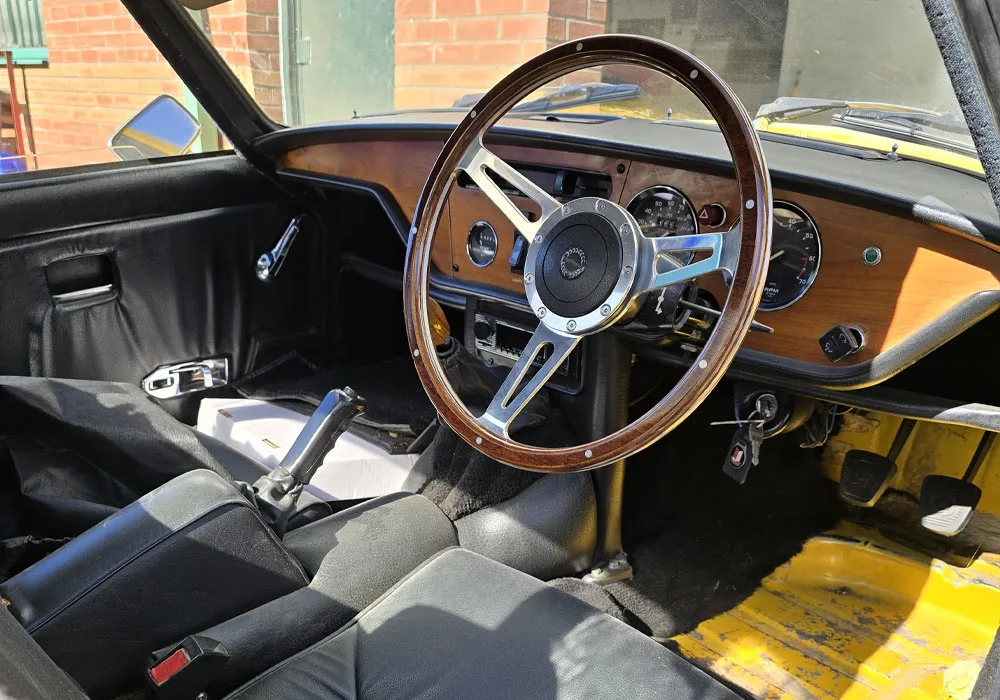
Are you ready to start your restoration journey with us?
Carrosserie House
Harmire Enterprise Park
Harmire Road
Barnard Castle
DL12 8XT
Tel: 01833 630 011 / Mob: 07973 616 478
Email: info@carrosserie.co.uk
Company No: 04339376
Privacy Policy




By signing up, you agree to Bidding Classics Privacy Policy
